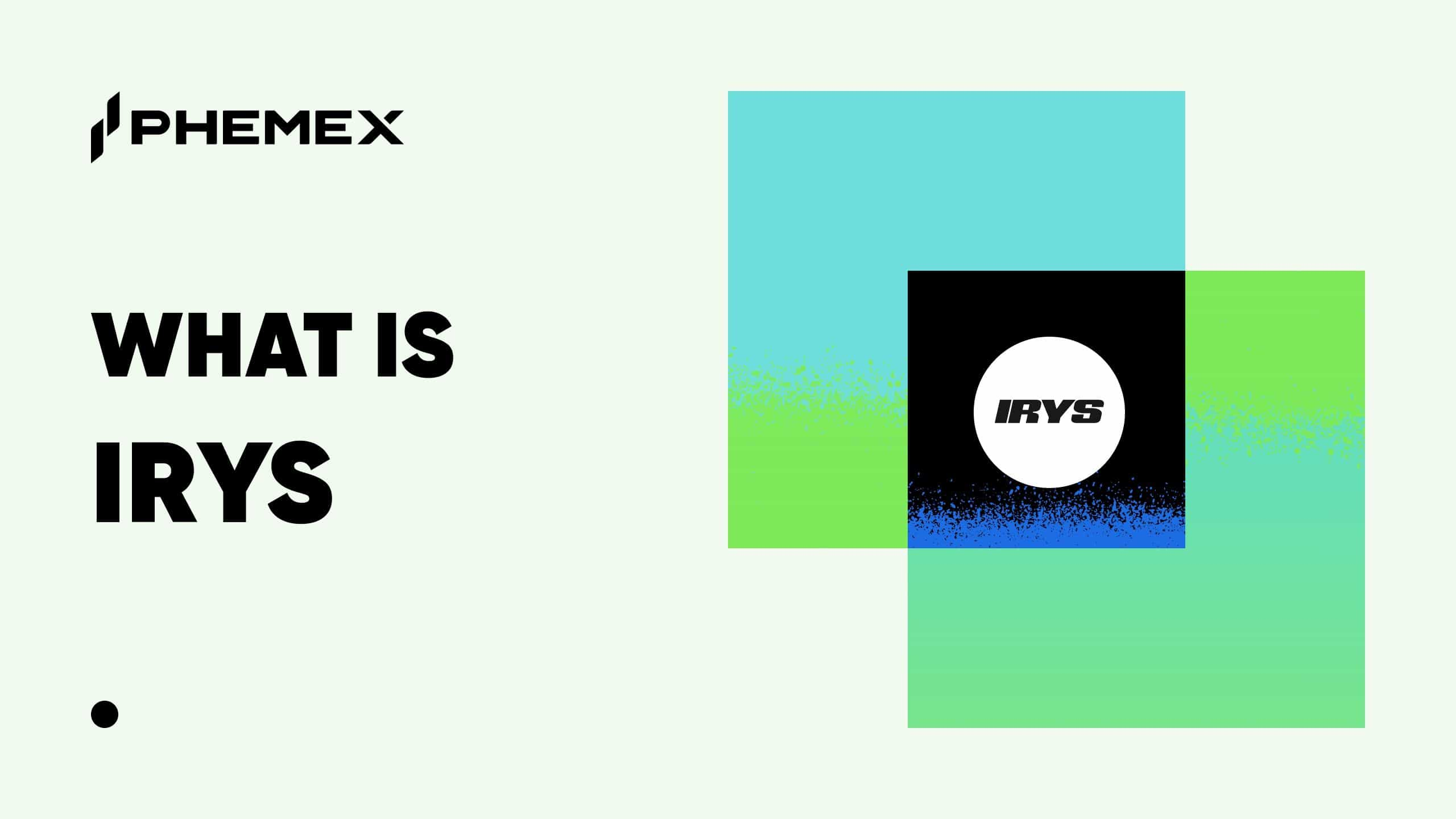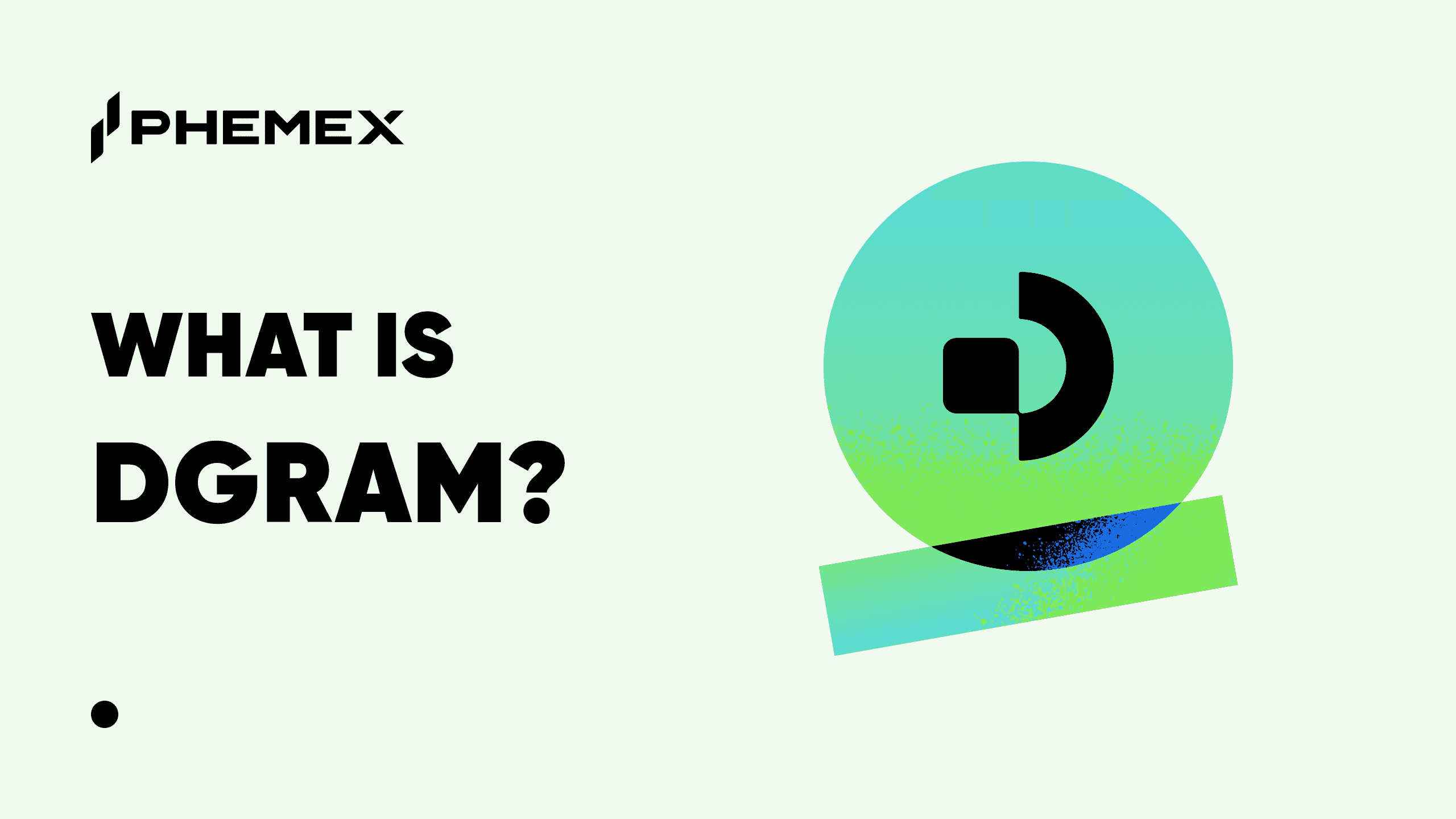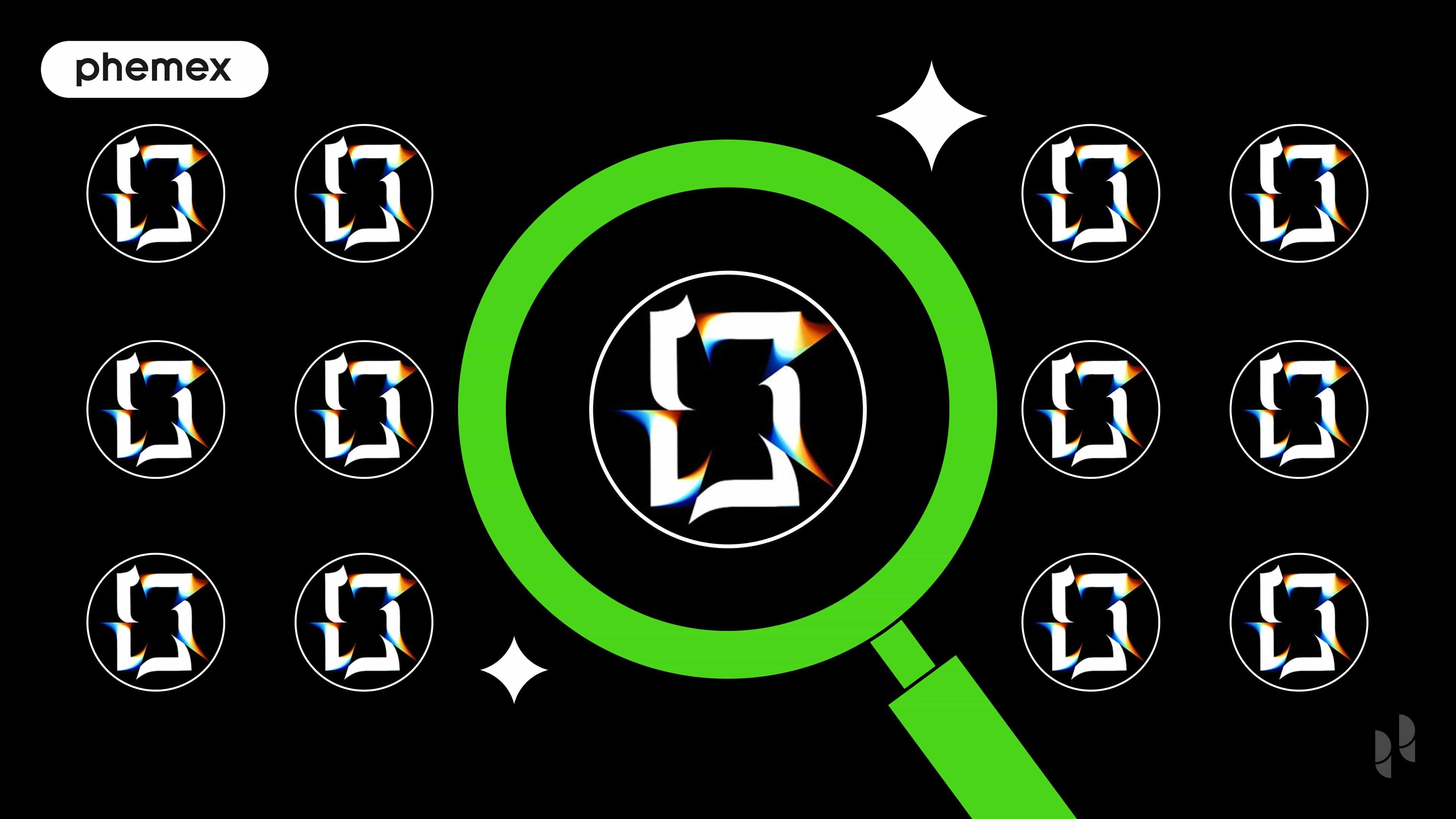Summary
- Nano is similar to what Bitcoin is, but faster, more flexible, and more affordable to transact in. Nano aims to replace fiat currencies by offering a coin that people can use in their daily lives for everyday purchases.

What is Nano Coin?
RaiBlocks, the original version of the Nano coin, was launched in December 2014 by Colin LaMahieu. It was one of the first few Directed Acyclic Graph (DAG)-based cryptocurrencies. However, since the name RaiBlock didn’t resonate with the project’s intended target audience, it was rebranded to Nano in 2018.
Nano vs. Bitcoin
Nano is similar to what Bitcoin is, but faster, more flexible, and more affordable to transact in. Essentially, it is a cryptocurrency that aims to replace fiat currencies by offering a coin that people can use in their daily lives for everyday purchases. Unlike Bitcoin, Nano doesn’t rely on Proof-of-Work (PoW) to secure its network, instead, it uses a unique consensus mechanism called Open Representative Voting (ORV).
How Does Nano Work?
Nano utilizes the Block Lattice, a data structure that allows users to control their own blockchain. It enables the network to add blocks without conflict and send them for confirmation. These blocks are structured in a way that they contain all the information about an account. Each block includes a small user-generated PoW value that allows the network to process transactions instantly and consistently.
The platform validates transactions using the ORV consensus mechanism, which includes Representatives and a voting system. Each account on the Nano network can choose a Representative at any time to vote on their behalf. All the Representative accounts are configured on online nodes and vote to validate a transaction. The more the sum of balances of accounts delegating to Representative accounts, the more the chances of becoming a Principal Representative. When these votes are shared across Nano nodes, they are tallied and compared. After a node has received enough votes, a block is confirmed.
Benefits of Nano
Zero-Fees and High TPS Rate
Considering Bitcoin’s high fees, Nano is a far better choice for carrying out daily transactions as it charges zero fees for trades. No charge on transactions isn’t a temporary subsidy, the platform has included zero fees in its protocol. Additionally, the network takes about 0.14 seconds to confirm a transaction.
Low-Energy Usage
Nano’s platform has developed its own algorithm to validate transactions that rely on a voting system rather than heavy equipment and PoW.
Intuitive UI
Natrium is the Nano ecosystem’s official wallet. Users can download it through the iOS and Android play store to trade Nano coins seamlessly. The wallet comes with easy-to-use features that are beginner friendly.
Fully Decentralized:
The network has achieved decentralization by fairly distributing the total supply of Nano coins. You can check the list of the platform’s Representatives. It’s clear from the list that no one group has more than 50% voting power, which proves that Nano’s voting system cannot be manipulated.
Developer-Friendly:
Nano is open-source, which attracts worldwide talent to volunteer their skills towards building the ecosystem. More than being open and free to use, its development infrastructure and lightweight protocol is also attractive to developers.
Disadvantages of Nano
Unable to support smart contracts
One of the biggest disadvantages of Nano is its inability to support smart contracts. Also, the team does not have plans to implement them anytime soon, which is the biggest turn-off for innovators and developers looking to build dApps.
Lack of PR and Marketing
The second drawback is little to no marketing. The team relies on enthusiasts to put the word out about Nano. Because it has little to no PR and marketing, Nano has very low adoption, despite being launched almost seven years ago.
Privacy Concerns
Finally, the coin doesn’t have in-built privacy. Cryptos like Nano, with low fees and high TPS, are easy to send around, however, they should offer more privacy over these transactions.
Concluding Thoughts
To achieve mass crypto adoption, projects must ensure scalability while offering near-zero fees. The Bitcoin network’s high fee and slow transaction time is one of the reasons why BTC has yet to become a widespread currency used for payments. Nano, on the other hand, is ahead in the race because it facilitates quick transactions at zero charges. However, it isn’t as popular as Bitcoin, and therefore, has a lower adoption rate. Therefore, if it grows in popularity and the Nano team markets it right, it has all attributes to become “the people’s currency.”
Read More
- NuCypher: What does NuCypher use to protect your Data?
- Why Does Bitcoin Have Value?
- What is Cryptocurrency & How It Differs From Digital Cash
- What is Neo: China’s Smart Contract Platform
- Blockchain Analytics: 11 Free Crypto Research Tools You Need
- Monero: The Invisible Network
- https://phemex.com/academy/defi
- What Is DeFi: How To Be Your Own Bank With $100








